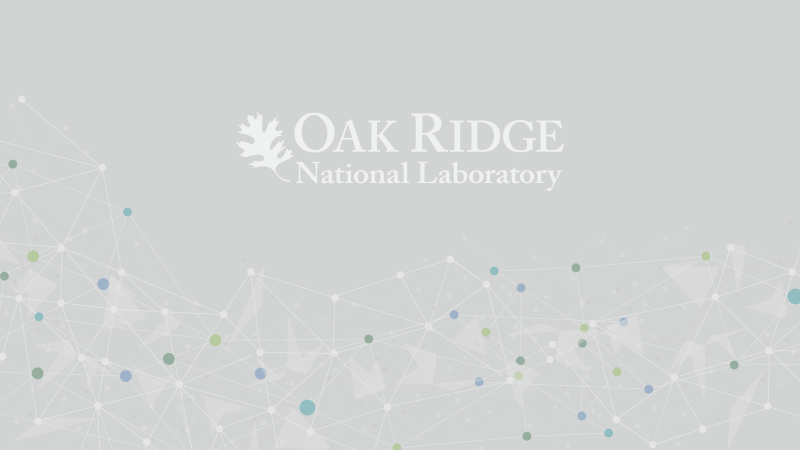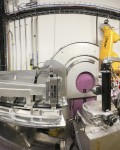Although water is plentiful on our planet, it carries dissolved and suspended matter that must be removed to produce drinking-quality water. Aggregation, filtration, flotation, and sedimentation of particles are some of the engineering processes now used to treat water. These processes are governed by the interaction of particles with solid-liquid or gas-liquid interfaces.
There are several mechanisms that contribute to the interaction force between a particle and other particles or surfaces in the suspension. There are van der Waals, electrostatic, hydrophobic, gravity, hydrodynamic, steric, magnetic, and other forces. The sum of forces determines the aggregation rate and distribution of particles near interfaces.
Researchers used the Spallation Neutron Source Liquids Reflectometer to quantify the distribution of silica particles near the surface of a silicon oxide substrate in water as a function of distance from the surface. Combined with measurements of particle size and zeta potential, this information is being used to evaluate particle interaction models and the colloidal theory. The results provide quantitative information that can be used to improve the removal of colloidal particles from water.
Research conducted at the Spallation Neuton Source was funded by the U.S. Department of Energy Office of Basic Energy Sciences.
Published Work:
Eunhyea Chung, Sotira Yiacoumi, Candice Halbert, John F. Ankner, Wei Wang, Changwoo Kim, and Costas Tsouris, “Interaction of silica nanoparticles with a flat silica surface through neutron reflectometry,” Environ. Sci. Technol. 46, 4532−4538 (2012); DOI: 10.1021/es203992b.





